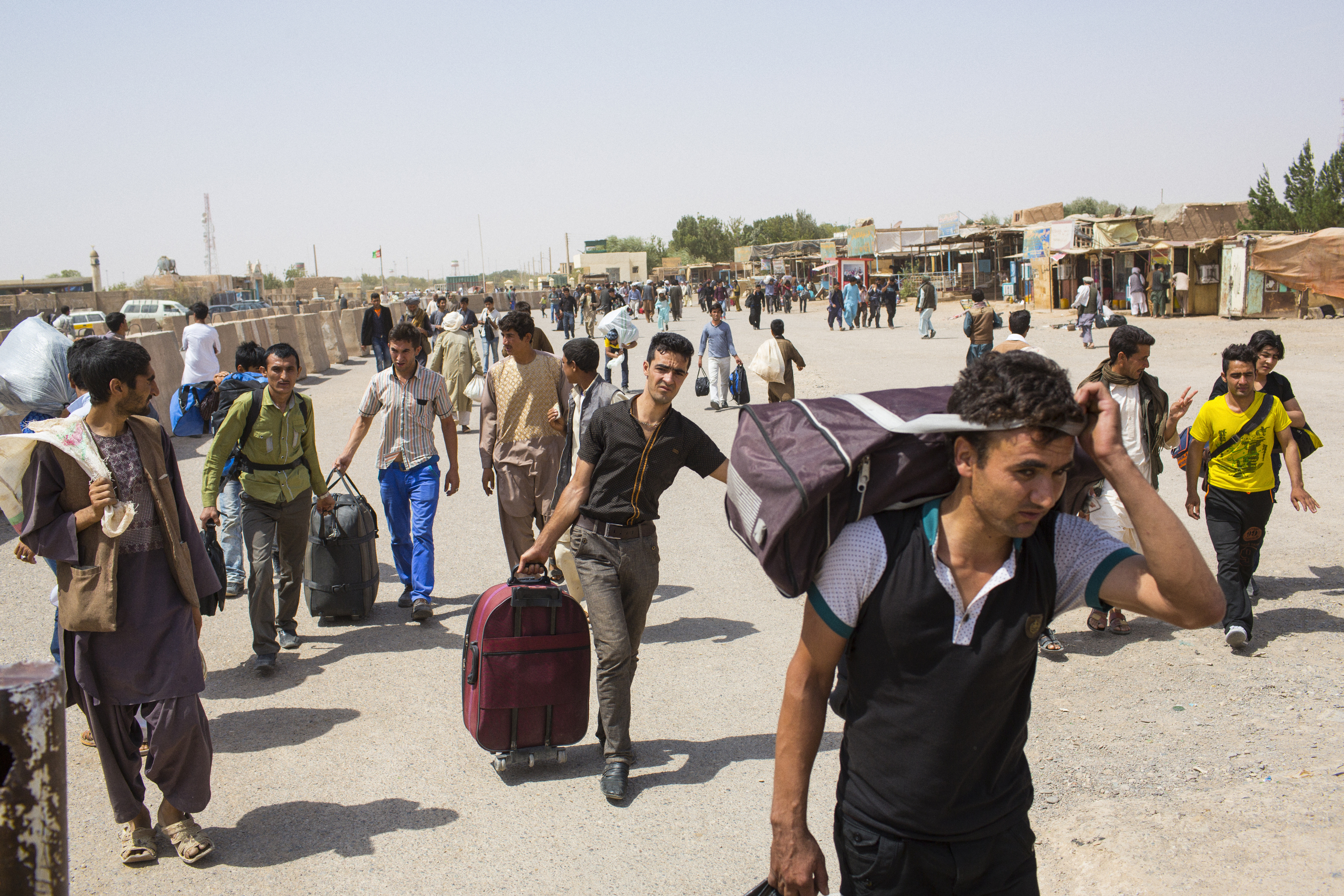The news last week that six members of the International Committee of the Red Cross were killed in Jawzjan, Afghanistan was a tragic echo of an attack 20 years earlier when another six ICRC workers were lost – shot in their beds in their field hospital in Chechnya. At that time, targeted killings of aid workers were relatively rare and most agencies did not yet have basic security procedures, much less the professional security managers, armoured vehicles and other resources now applied to try to safeguard staff in the field. That it was the Red Cross Movement in particular that was attacked, despite its historical mandate and protected status under international humanitarian law as a neutral aid provider in war, struck a deep note of fear in the aid community and sense of unravelling international norms.
But whereas those 1996 killings sent shockwaves through the sector, prompting a host of new efforts by aid agencies to get serious about managing their security risks, the deaths in Jawzjan seemed depressingly familiar. And the grim truth is that there is little scope for enhancing security much further than has been accomplished over the past 20 years. At least not without completely subverting the operational ethos of principled humanitarian action.
It is not that humanitarian aid has become more dangerous globally; in fact, in most places where humanitarians work there are on average fewer major incidents of deliberate violence against them than there were a decade ago, partly as a result of a professionalising humanitarian sector that has made real strides in operational security and risk management. What demands greater recognition is that the violence driving the aid worker casualty numbers is taking place in particular types of crises: internationalised civil wars where insurgents treat humanitarians as proxy targets for the enemy government and its Western allies.
In Afghanistan, domestic insurgents (the Taliban) have targeted aid operations and aid workers to destabilise areas or exert their control. At the same time, international insurgents (ISIS, al-Qaeda), alternately cooperating and competing with the Taliban, have killed and kidnapped aid workers as a global propaganda vehicle and revenue stream. Also on the scene are elements of organised crime that often collude with the insurgents, and hybrid entities like the Haqqani network; a threat environment that a UN official once described to me as a "shambolic array of overlapping mafias." Add to this the lack of reliable communications and chain of command between the leaders and footsoldiers and you have a situation where negotiating access and acceptance for relief work has never been more difficult. Where actors' incentives run the gamut from the prosaic profit motive and practicalities of local control to lofty ideologies of global jihadist revolution, norms of humanitarian neutrality hold little sway.
What makes the latest attack not only horrifying but also deeply demoralising is that there is no organisation more adroit and experienced at humanitarian negotiation than the ICRC. It is one of the rare few that invests significant resources in a negotiating capacity, training staff and dedicating positions solely to reaching out to all conflict parties on a continual basis. Unlike most other aid providers, it also gives the greatest incentives to all sides to tolerate its presence, for instance by facilitating prisoner exchange, return of remains, and care for wounded combatants. In places where the ICRC is not able to maintain secure access, prospects bode far, far worse for other international aid groups.
Reaching those in need
At the time of writing, the ICRC had temporarily halted its aid activities while it deals with the aftermath of the killings and searches for two colleagues still missing. It will doubtless resume its efforts in Afghanistan, working openly and unarmed, without obscuring its identity as nearly every other aid group working in Afghanistan does.
But even if the ICRC persists at its current levels of operation, it is only one aid provider in a country with vast humanitarian needs. Recent research in these extreme environments has shown that the humanitarian presence is declining, leaving widening gaps where people in need are not being reached.
What, then, are the options for getting help to civilians trapped in these brutal and protracted conflicts?
International humanitarian agencies must identify and acknowledge the times and places where it is impossible to operate without risking the lives of staff. In such circumstances, it is incumbent on the international community to seek new means beyond the traditional operational model to reach people in need. In doing so, care must be taken not to simply transfer risks to local partner organisations, but rather to identify the local actors (community-based, commercial, or other) who have a reasonable chance of secure access and can be used to channel aid resources. This may require trade-offs and suboptimal solutions, but it is better than no aid at all.
Donor governments, who too often use humanitarian assistance as a stand-in for meaningful political action to resolve crises, must be prepared to direct greater amounts of money to meet the high security costs of their aid agency grantees in extremely insecure environments. They should also explicitly accept the higher level of risk of loss or diversion that may occur in such environments, and not further imperil aid access by imposing indiscriminate counter-terror regulations that aid groups perceive as preventing necessary humanitarian negotiation.
Finally, for the rest of us in the global community who are saddened but increasingly unsurprised by the violence, we must endeavour to sustain our attention to it beyond the next news cycle and resist its normalisation. Although some humanitarians bridle at the perceived sensationalism around aid worker violence, arguing that it only serves to foster risk aversion and reticence among agencies, this concern missed the larger point. The humanitarians on the ground in active war zones are already scant, and coverage of humanitarian need is severely, unacceptably limited. It is only by loudly decrying these limits that we can ever hope to exceed them.





